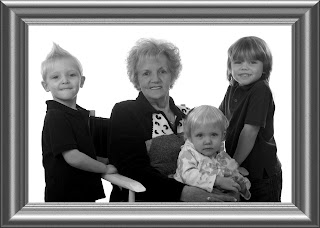Traditional DSLRs vs Mirrorless
The results will surprise you
DSLRs have long been the choice of professional photographers. But now due to smaller size, price, and performance, Mirrorless cameras are making a big statement in a smaller package.
So many photographers get hung up on Full Frame DSLRs. While they are very capable, and produce amazing results, the new crop of high end Mirrorless cameras are truly making their mark in the realm of digital photography. The lack of a mirror makes these cameras faster then most DSLRs. And while the ergonomics do not lend themselves to shooting sports, the cameras are very capable of being used in the studio with stunning results.
They are smaller in
most cases and can produce images that entry level DSLRs simply cannot come
close to. I myself have worked with the Fuji XPro 1 and found it to be
as good a machine for capturing digital images as any camera I have
tested including the Nikon D800, D4 and the Canon 5D III. Smaller
versions of the Fuji are the X100 and the new Fuji x-e1 which when
paired with the 35mm F1.4 is an amazing little machine. Olympus has the
OM-D which is a little Mighty Mouse with a Magnesium Alloy Body and when
purchased in a kit with the 12-50 lens the entire system is splash
proof. While I understand the benefits of the traditional DSLR these
little mirrorless cameras are making their mark in a big way because of
size price and portability. So don't close your mind to the idea that only a
DSLR will do....for studio photographers many of these Mirrorless
cameras will out perform most if not all entry level DSLRs such as the
Canon Rebel line and the Nikon D3100, D3200, D5100 and in many cases even the
Canon 7D and Nikon D7000 when matched against each other in the studio.
Think outside of the box! The link below is to an article that tested
the Fuji XPro 1











